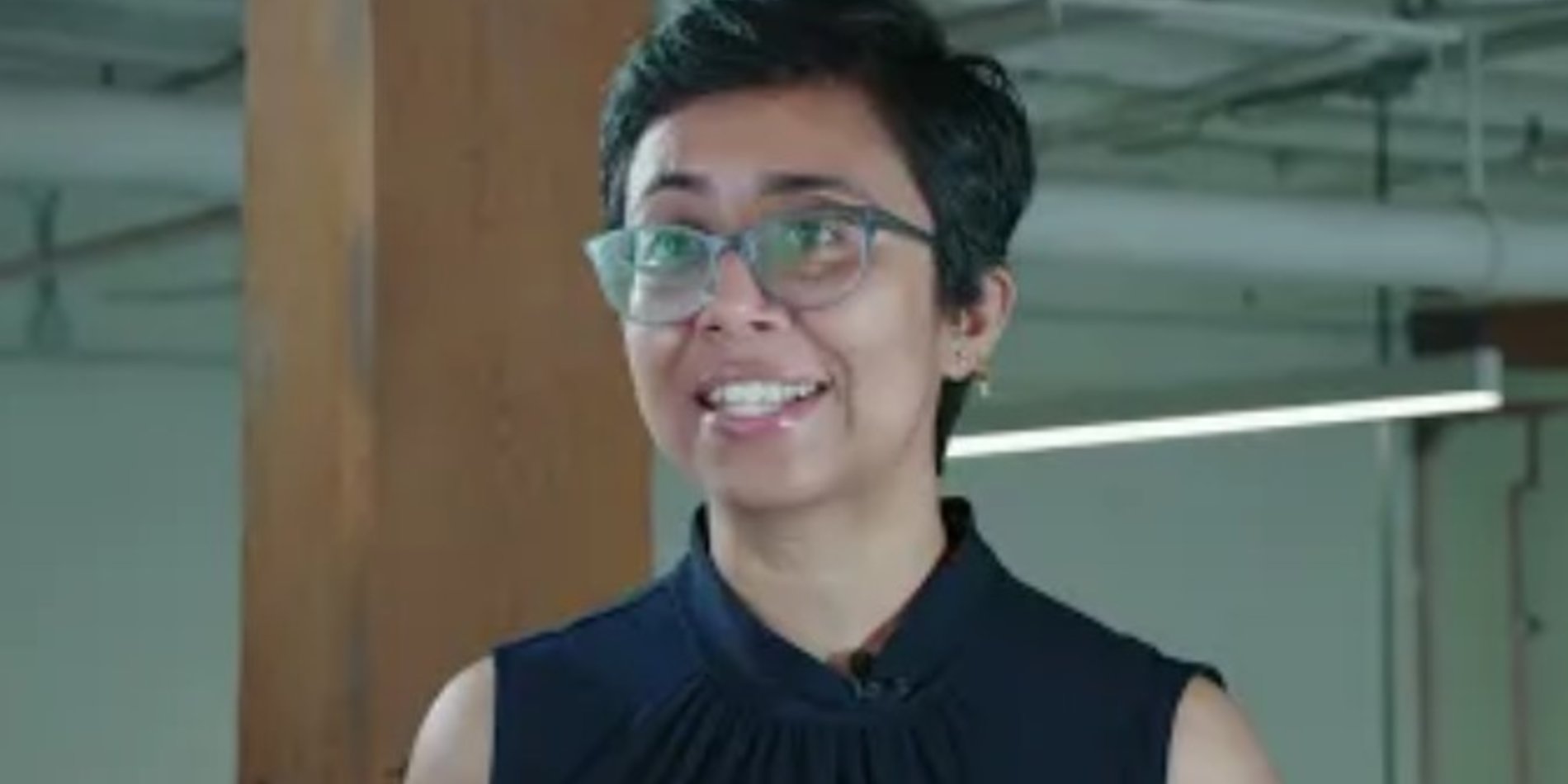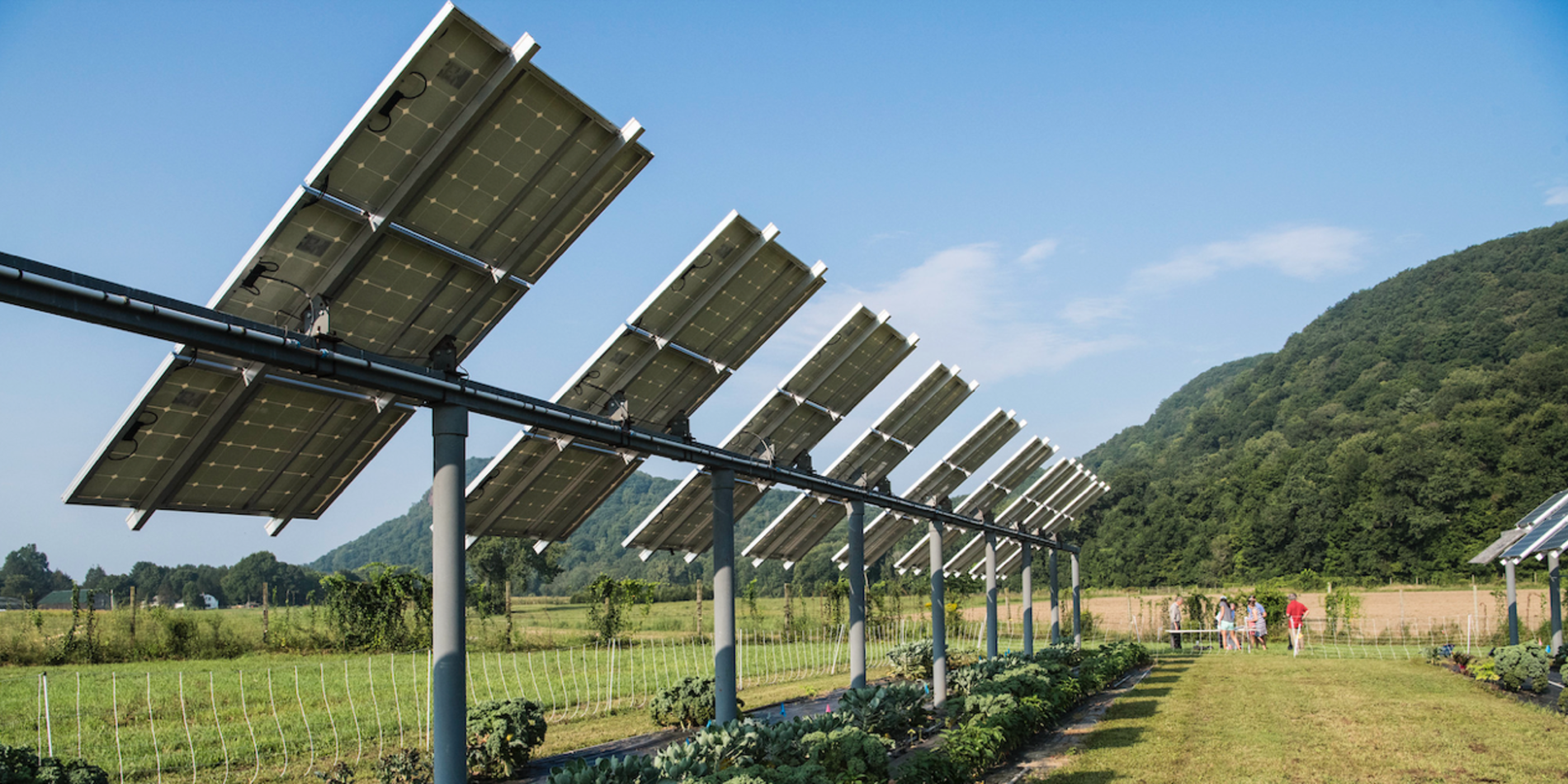New TomKat graduate fellows work on solid-state batteries, seawater electrolysis, Antarctic ice monitoring

Graduate fellows at Stanford University’s TomKat Center for Sustainable Energy develop promising, early-stage research on novel climate solutions toward deployment in the world.
This year, the Graduate Fellowships for Translational Research program awarded three more Stanford Ph.D. students the support necessary to further develop, fine-tune, and test ideas that have been shown to work conceptually. The fellowships are available only to doctoral candidates in at least the third year of their studies. The technologies being developed by the three new fellows could lead to: safer and cheaper batteries that hold more energy; energy production in water-scarce communities; and a new way to monitor rising sea levels.
In 2020, TomKat Center started the graduate fellowships to give three promising researchers each year (four in 2021) the ability to focus their academic efforts on applied research to address sustainable energy and resource utilization challenges. Traditional graduate funding sometimes leaves a student with limited freedom, having to perform research for which their advisor has secured funding. The fellowship provides two years of support by funding their tuition and salary, and provides $5,000 for the costs of their research and attending conferences.
“We were excited to see bold projects addressing a wide range of important problems submitted for the graduate fellowships this year,” said Matthew Kanan, director of the TomKat Center and associate professor of chemistry. “Supporting students as they push their research to the next level and strive toward applications is critical to the TomKat Center’s mission.”
The fellowship is also intended to prepare awardees for possible participation in the TomKat Center’s Innovation Transfer Program. This program helps Stanford students – usually starting as they near the end of their education – move even closer toward commercializing energy and sustainability technologies and services. Since 2013, TomKat has awarded 96 Innovation Transfer grants at a cost of $5.6 million. The ventures, in turn, have received $1.4 billion in additional grants, investments, and acquisitions. The emerging companies employ 1,789 people and generate $176 million in revenue annually.
The fellowship is a unique opportunity that provides the “flexibility to pursue projects that go beyond the general focus of [their] lab,” said fellow Thomas Colburn pursuing a project in battery development. Daniela Marin said the fellowship will enable her to work on water electrolysis using impure feedstocks and a variable power supply, empowering her to “develop technologies that have the potential to impact millions of people around the globe.” Fellow Thomas Teisberg highlights how the program focuses on translational work and deploying technology “In glaciology, it's difficult to find support to scale up the infrastructure and observational systems we need to better understand these complex systems.”
2022 Fellows:
Thomas Colburn

"This fellowship is a unique opportunity that provides me the flexibility to pursue a project that goes beyond the general focus of my lab.”
Ph.D. candidate in Materials Science & Engineering
Advisor: Prof. Reinhold Dauskardt
Scalable synthesis with rapid curing for thin-film battery electrolytes
Colburn’s research focuses on developing manufacturing processes to create solid-state rechargeable batteries, removing the need for liquid electrolytes, which are frequently toxic and flammable. This new generation of batteries has the potential to be safer, weigh less, and hold more energy for their size/weight relative to existing lithium-ion batteries. However, current manufacturing techniques for solid-state battery electrolytes often involve extremely high temperatures and take a long time, making production difficult to scale up.
Through ultrasonic spray deposition of a solution chemistry he is developing and rapid curing of thin-film layers of electrolytes, Colburn hopes to drastically reduce costs, energy, and time required for production. His manufacturing efforts could also be used to make stable and cheaper transparent conductors, perovskites solar cells, and rapid deployment of other new types of batteries.
Daniela Marin

"Through this fellowship, I'm empowered to develop technologies that have the potential to impact millions of people around the globe.”
Ph.D. candidate in Chemical Engineering
Advisor: Prof. Thomas Jaramillo
Electrolysis-based energy production using renewable energy and untreated water
Green hydrogen – generated from a renewable power supply – can be used in fuel cells to help meet the growing demand for electricity without increasing carbon emissions. One method of producing hydrogen is through water electrolysis – separating hydrogen and oxygen from water using electricity. Traditionally, water electrolysis requires very pure water; with existing production, electrolysis-generated green hydrogen wouldn’t be available to communities that need more reliable energy but lack access to clean water.
Marin’s solution is to couple a variable power source to simulate the intermittent nature of renewable energy with a water electrolyzer that uses a bipolar membrane, allowing it to create efficient pathways for the different products of dissociation found in impure water (seawater, groundwater, and wastewater). The system is able to prevent unwanted ions normally found in these water sources from damaging the electrodes and creating a suboptimal internal environment for hydrogen production. Marin hopes her technology will durably generate green hydrogen from untreated water and provide energy to low-income communities without access to pure water.
Thomas Teisberg

"The TomKat fellowship focuses on translational work and deploying technology. In glaciology, it's difficult to find support to scale up the infrastructure and observational systems we need to better understand these complex systems.”
Ph.D. candidate in Electrical Engineering
Advisor: Prof. Dustin M. Schroeder
Temporal ice shelf monitoring: Reducing uncertainty in sea level rise predictions with drones
Sea level rise due to ice shelf melting is an inevitable consequence of climate change. Ice-penetrating radar from crewed airplanes has been the main tool used for taking measurements of ice sheets and ice shelves. Unfortunately, this method is costly, making data largely unavailable. The limited sample of data available leads to significant uncertainties around the degree of sea level rise and its risks.
Through a collaboration with the University of Reykjavík, the University of Bergen, and the University Centre in Svalbard, Teisberg will develop radar instruments and algorithms for drones to collect data in harsh Antarctic environments. The technology will open new opportunities for frequent and real-time data collection, enabling high-resolution ice shelf maps and monitoring of future sea level rise. With more accurate data and predictions, policymakers can formulate appropriate solutions to mitigate the impacts of rising sea levels on vulnerable communities.



